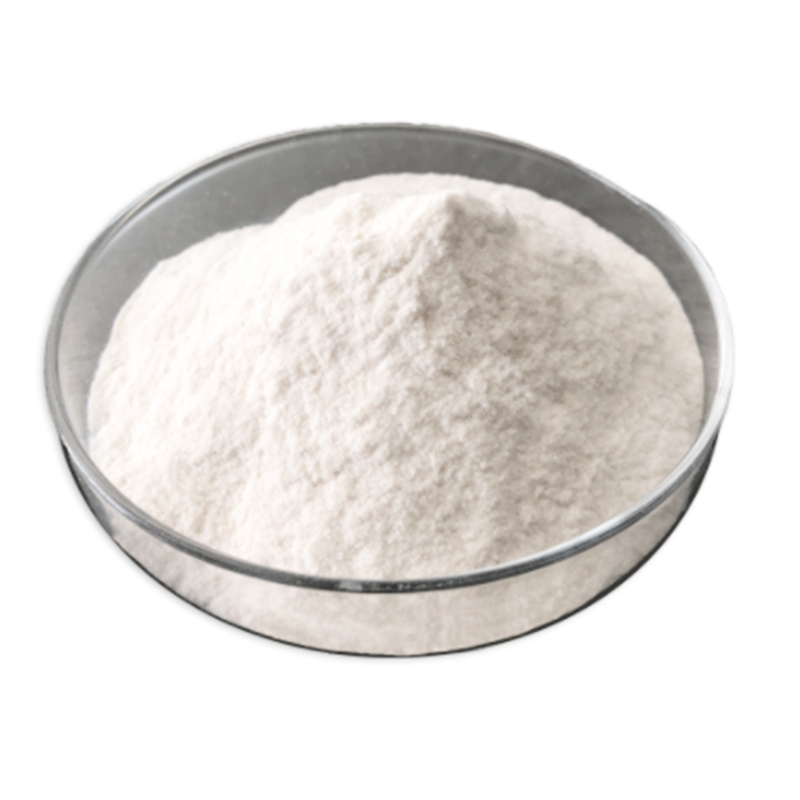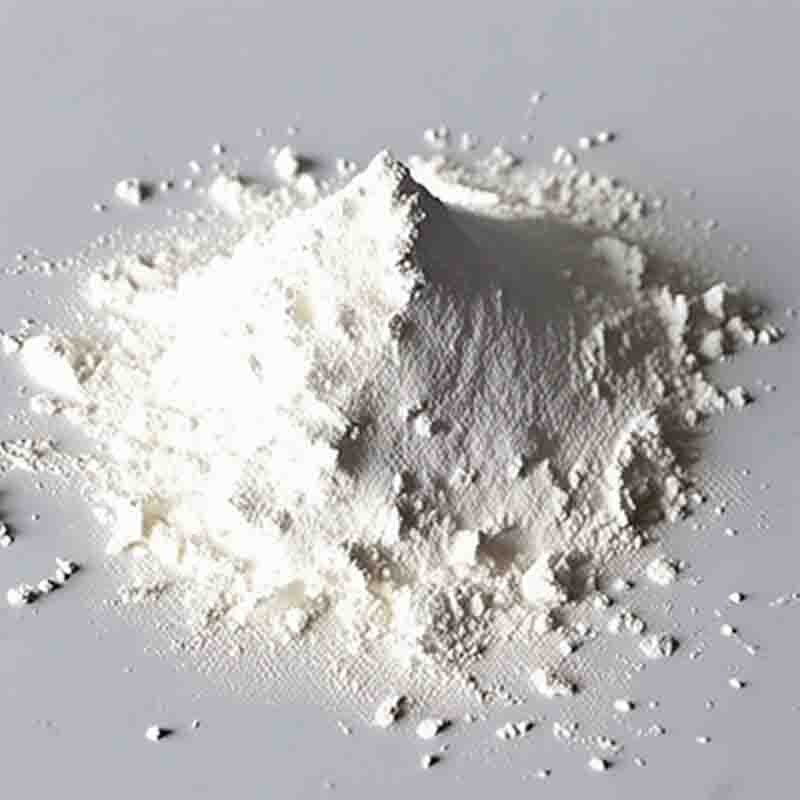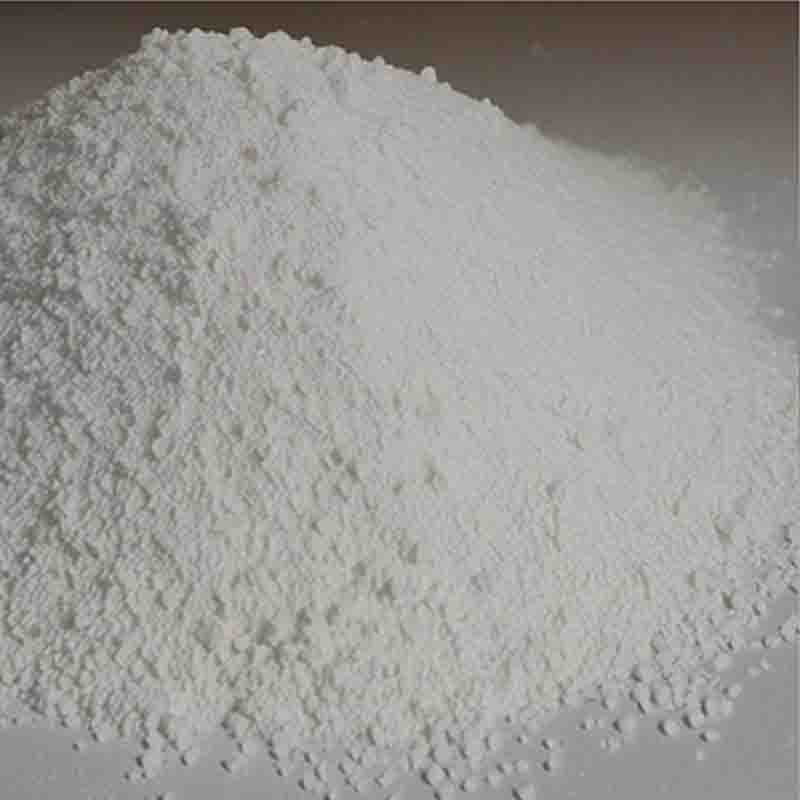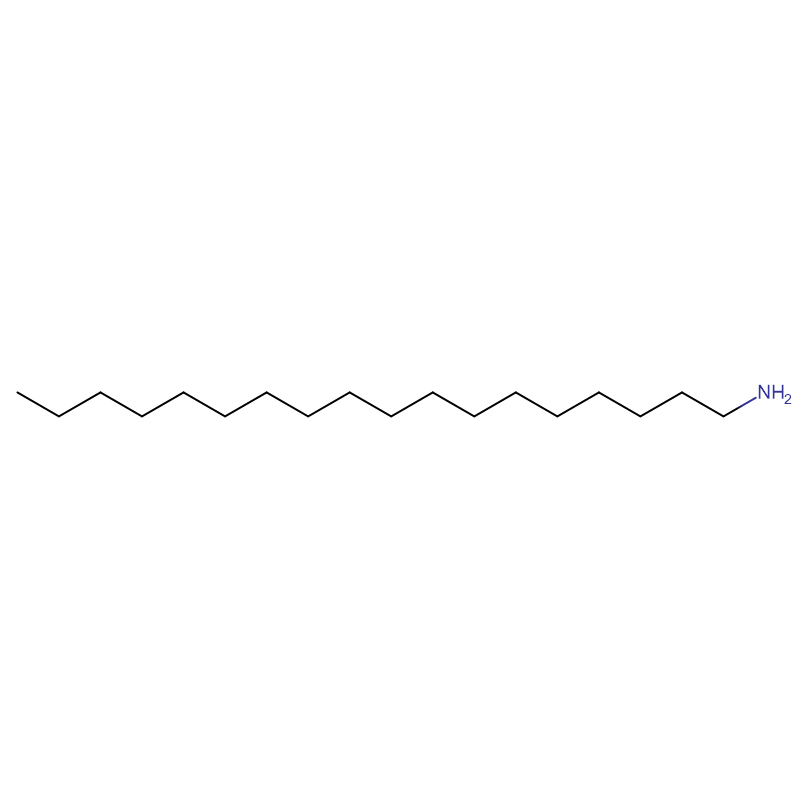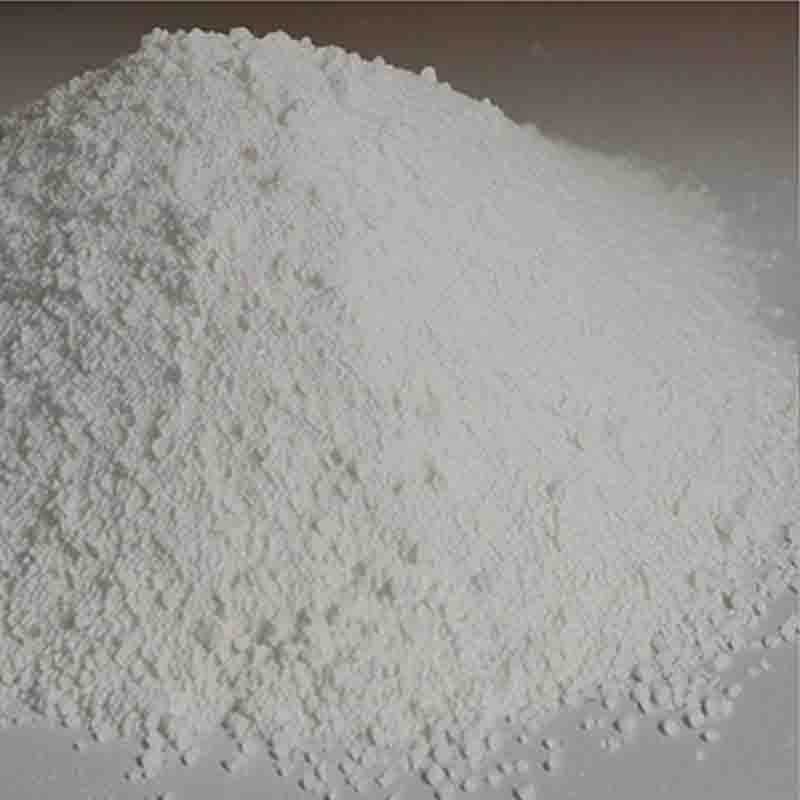3-Chloro-4-fluoronitrobenzene CAS:350-30-1
| Catalog Number | XD96206 |
| Product Name | 3-Chloro-4-fluoronitrobenzene |
| CAS | 350-30-1 |
| Molecular Formula | C6H3ClFNO2 |
| Molecular Weight | 175.54 |
| Storage Details | Ambient |
Product Specification
| Appearance | White powder |
| Assay | 99% min |
3-Chloro-4-fluoronitrobenzene is a chemical compound with the molecular formula C6H3ClFNO2. It is a derivative of benzene, in which a chlorine atom (Cl) is attached at the 3-position, and a fluorine atom (F) is attached at the 4-position, along with a nitro group (-NO2) attached at the 1-position. This unique molecular structure gives rise to several notable effects and applications of 3-Chloro-4-fluoronitrobenzene.One effect of 3-Chloro-4-fluoronitrobenzene is its potential use as an intermediate in organic synthesis. The presence of both the chlorine and fluorine atoms makes it a valuable building block for the incorporation of different functional groups and substituents. These modifications can lead to the development of a wide range of compounds with diverse chemical and physical properties. This versatility makes 3-Chloro-4-fluoronitrobenzene useful in the synthesis of pharmaceuticals, agrochemicals, and other specialty chemicals.Furthermore, 3-Chloro-4-fluoronitrobenzene exhibits unique reactivity due to its halogen substituents (chlorine and fluorine). The chlorine atom, being an electron-withdrawing group, can influence the electron density of the benzene ring, making it more susceptible to nucleophilic attack. The fluorine atom, on the other hand, can enhance the overall reactivity and electrophilicity of the compound. These effects make 3-Chloro-4-fluoronitrobenzene highly reactive in various reactions, such as nucleophilic substitution and aromatic electrophilic substitution.Another effect of 3-Chloro-4-fluoronitrobenzene is its potential application as a precursor for the synthesis of diverse compounds with biological activity. The presence of the nitro group in the compound gives it the potential for bioactivation or other transformations that can modulate its biological properties. This suggests that 3-Chloro-4-fluoronitrobenzene can be used as a starting material to generate various derivatives and analogs for structure-activity relationship studies in medicinal chemistry and drug discovery.Additionally, the chlorine atom in 3-Chloro-4-fluoronitrobenzene can affect the compound's physical properties. Chlorine is a relatively heavy atom compared to hydrogen, which can increase the molecular weight and influence the boiling point, melting point, and solubility of the compound. These altered physical properties may be advantageous for certain applications, such as in solvent extractions or in designing compounds with specific material properties.In summary, 3-Chloro-4-fluoronitrobenzene possesses several effects and applications due to its unique molecular structure. It can serve as a versatile intermediate in organic synthesis, enabling the preparation of a wide range of functionalized compounds. Its chlorine and fluorine substituents enhance its reactivity and influence its physical properties, making it valuable in various chemical reactions and applications. Furthermore, the presence of a nitro group offers the potential for bioactivation, making 3-Chloro-4-fluoronitrobenzene useful in the development of biologically active compounds. Continued research and exploration of 3-Chloro-4-fluoronitrobenzene may uncover additional effects and expand its utility even further.


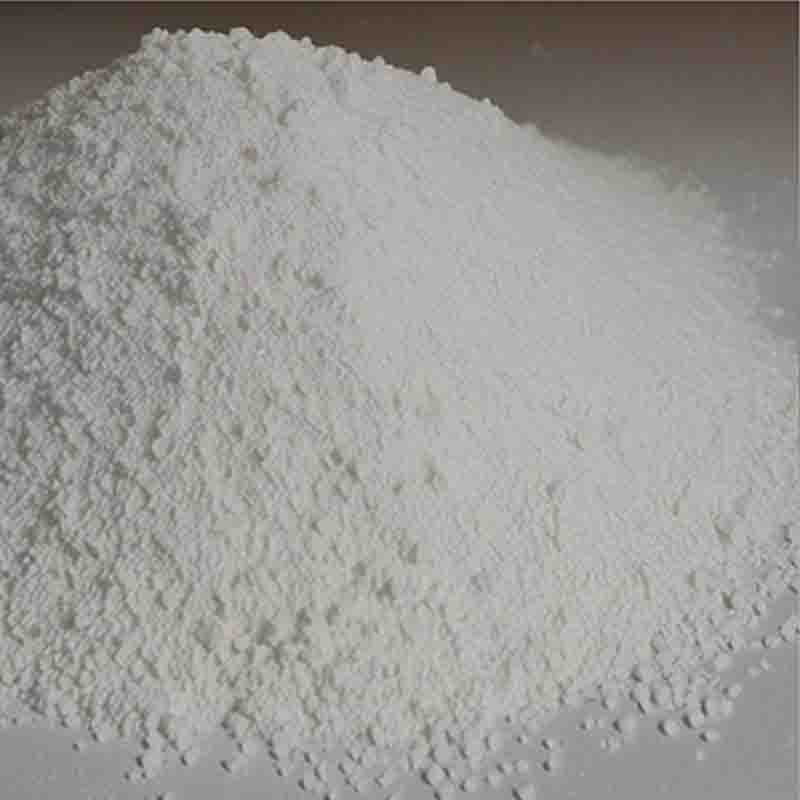

![2-bromo-N-[2-(2-chlorobenzoyl)-4-nitrophenyl]acetamide CAS:52130-87-7](https://cdn.globalso.com/xdbiochems/白色粉末1962.jpg)
